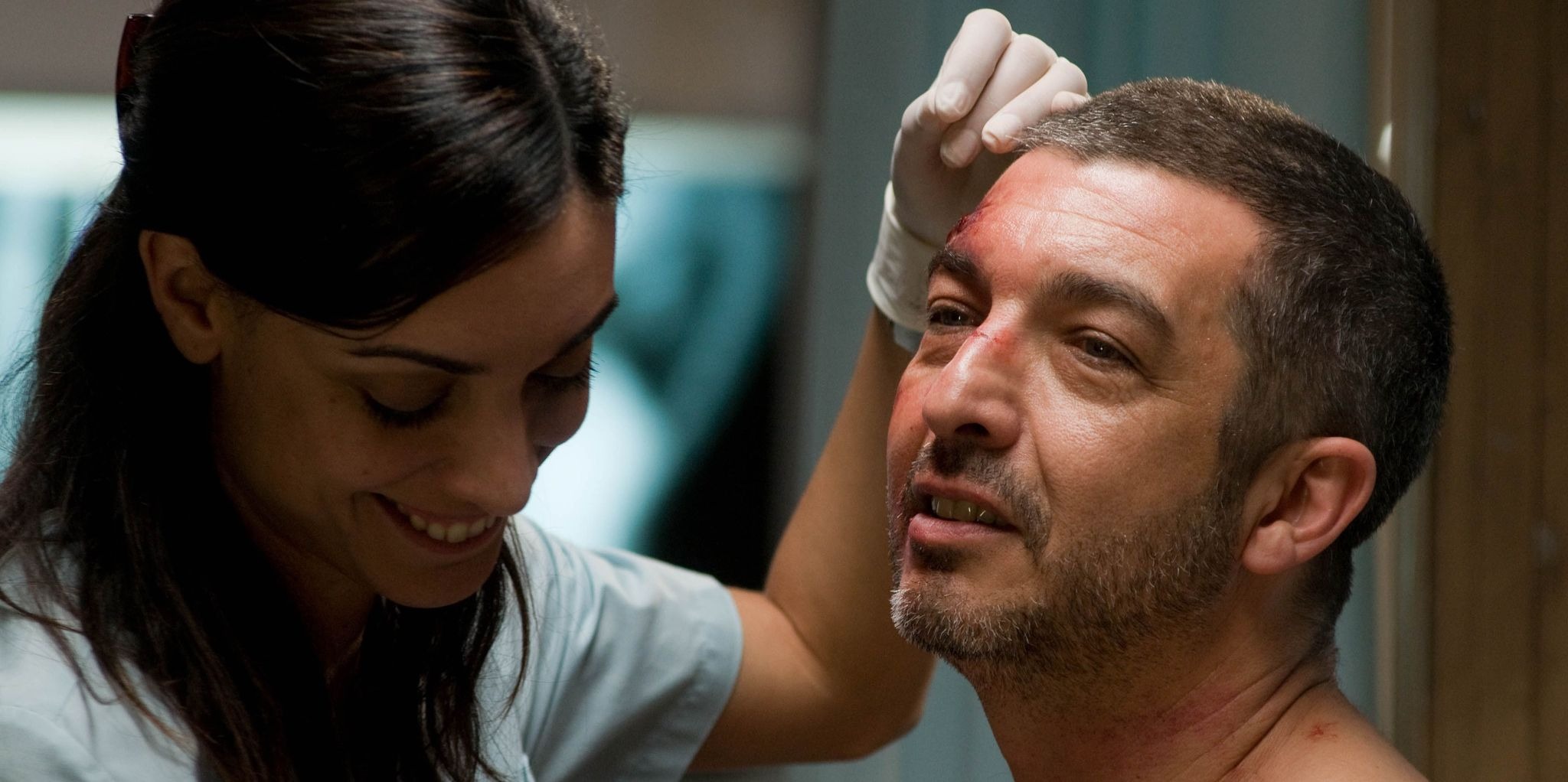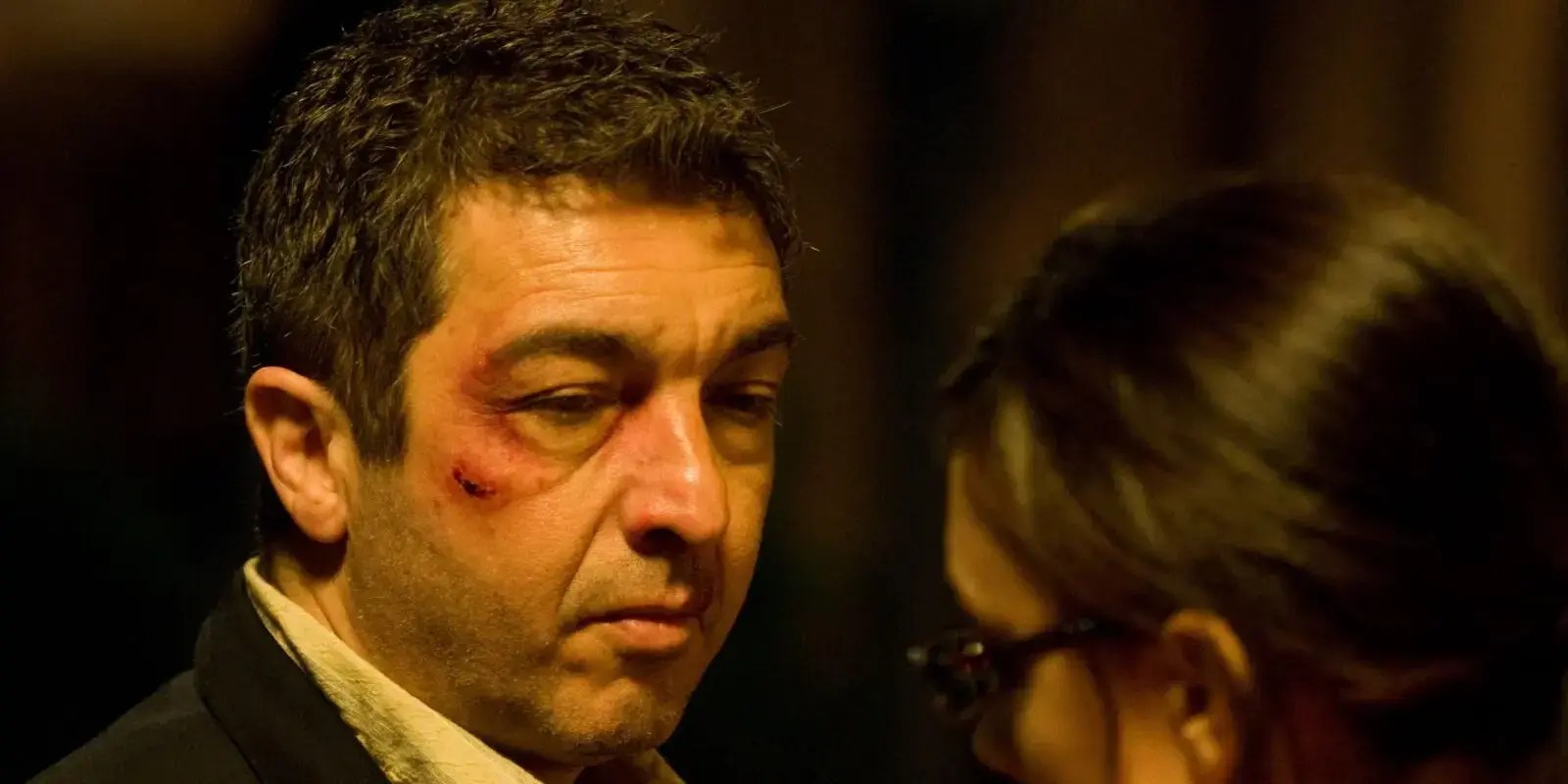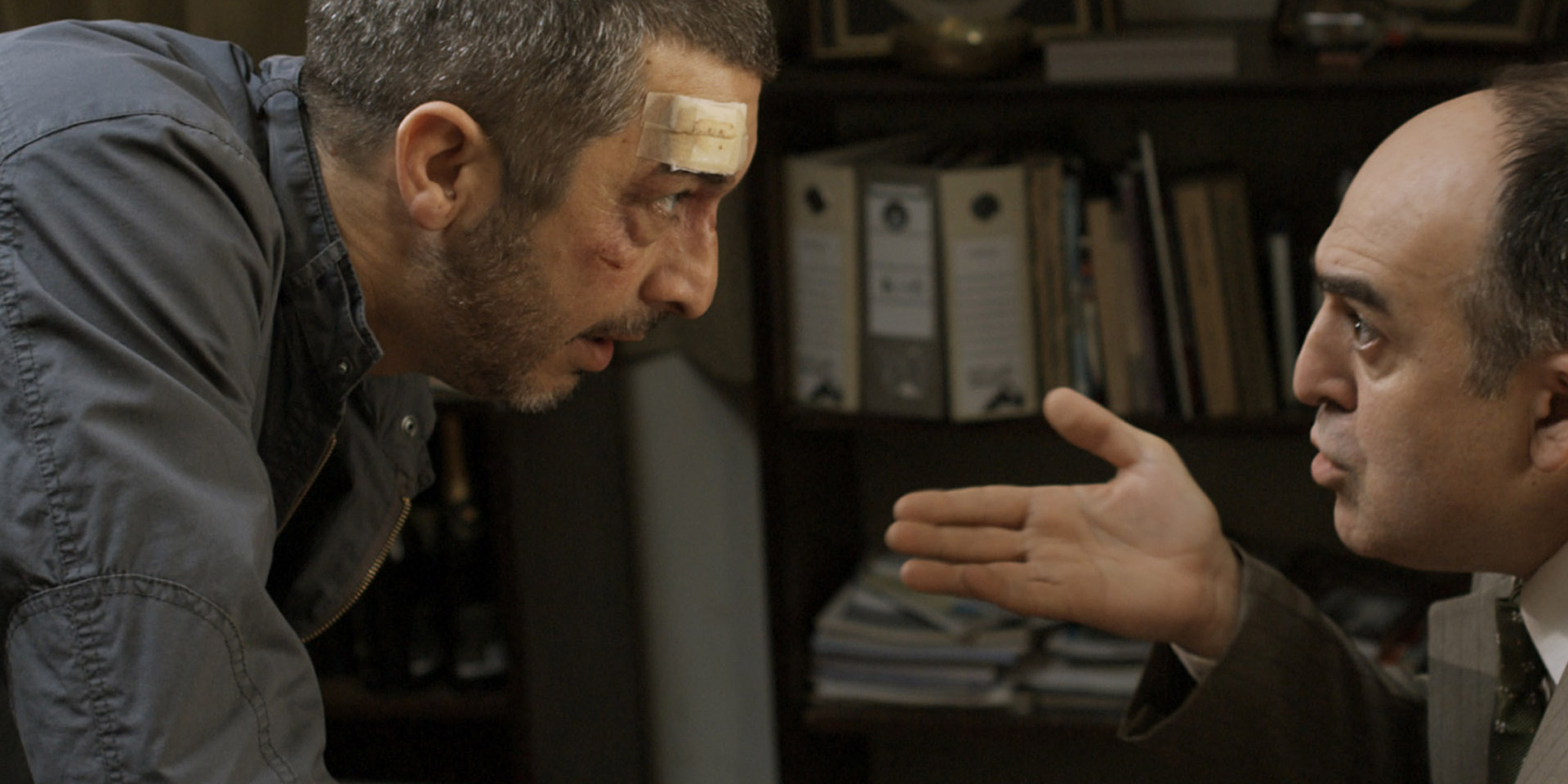‘Carancho’ is a brilliant crime-thriller film that follows the story of Héctor Sosa (Ricardo Darin), an Argentine ambulance-chasing attorney, or ‘Carancho’ for short. Sosa exploits those injured in accidents by convincing them to file litigation and insurance claims, from which he then profits handsomely. One fateful evening Sosa meets Luján Olivera (Martina Gusman), a trauma doctor in the city’s hospital, and his life changes forever. While Luján seeks security and meaning in her profession, Sosa fights to break free of his criminal background and live a more honest life. The two strike an odd bond, but things take a drastic turn soon after.
Pablo Trapero, the filmmaker behind the success of ‘Crane World,’ and ‘Leonera,’ is at the helm as a director. His amazing camerawork gave actors plenty of opportunities to showcase their acting chops, focusing on close-ups and personal interactions to convey the complex feelings of the characters. The film’s themes and ambiance complement the actors’ naturalism to create a convincing setting that invites audiences to share the characters’ pain and misery. If the film’s dark, gritty, and exploration of real-world problems make you question whether it is grounded in reality, here is everything you need to know about it.
Carancho: Inspired Fiction with Realistic Undertones
‘Carancho’ is not based on a true story. The screenplay of the movie is the production of the creative imagination of writers Alejandro Fadel, Martín Mauregui, and Santiago Mitre. Having said that, the film is motivated by the real-life problems of excessive car crashes and insurance scams in Argentina. When asked about the unique title in an interview with Screen Anarchy, Trapero stated, “Carancho is a vulture; but–how do I say this? –it’s handsome in a way; it’s goodlooking. The feeling you have in front of this bird is not like the feeling you normally have in front of a vulture. Still, they eat roadkill.”

Trapero continued, “You only find a carancho in the countryside, in the pampa. It’s a big bird. The idea is that it represents the character Sosa. Interestingly enough, after the film showed in Argentina, people began using the term carancho to describe these types of lawyers. Recently in Argentina, in fact, the anti-carancho law was announced.” The protagonist, Sosa (Ricardo Darin), who profits off the insurance money paid out after accidents, is not that different from the vultures that forage on the carcasses of other animals for food. He demands payment from the verdicts and payouts his clients get for their cases. This monetary scavenging is reminiscent of the actions of vultures.
When questioned about the casting of Martina Gusmán in the role of Luján, Trapero gushed about how perfect Martina was for the role. Trapero mentioned that he had the opportunity to work with Martina on three projects and admires her dedication to the role. The filmmaker stated, “Martina spent six months researching her role, once a week doing a 24-hour shift in an actual hospital emergency ward. In effect, she became an assistant to the emergency doctor. Her approach to the role was very old-fashioned, you know? She became the character, little by little.”
Trapero further added, “It’s funny because when we met a long time ago, she was working in a production; that’s how we met. But since she was four years old, she’s been studying as an actress. When she was 17, she worked with a famous maestro named Carlos Gandolfo, which was unique for her being so young. Martina has a deep background as an actress. What I like about her work is how she goes through her characters. Her attention to detail–movement, her way of looking-this is more important than simply reciting the right words at the right moment.”

‘Carancho’ plays with themes and subjects that are relevant and fresh and will continue to resonate with modern audiences. While the movie is not based on a true story, it draws inspiration from real-world problems and sheds light on the insurance scams that happened in the past. Many of the characters in the movie are in terrible financial situations and easily exploitable because of it. People’s struggles to make ends meet are reflective of the struggles many people deal with in modern society. The film explores how empty pockets can force people to make morally compromising decisions, which remains an ongoing concern.
Trapero talked about the same in the same interview with Screen Anarchy, saying, “I like the idea that my films have a dialogue with what is happening in the world off-screen, but I’m not sure if that could be called ‘contemporary.’ Maybe it is? My films are more a witness or a portrait of the moment. Even if you are shooting a science fiction film, you are commenting upon the moment when you are shooting. It’s not a matter of just being contemporary in terms of time but in views of reality. That’s what I like.”
The visionary filmmaker added, “When you make a film, you can feel the time when you were making the film, but you can also feel it working on you now when you watch it. I like that a film can last for years and that it reflects the time when it was made but can still talk to audiences many years later. That, for me, is a contemporary film, even if it was shot 80 years ago. I like the idea of talking with movies over time.”
Trapero also justified his stance by showing excessive violence in the movie by deeming it necessary and a way to pent-up tension. The director stated, “The violence serves as a way to let off steam. It’s an escape valve for the intensity of the emotions. Of course, the violence serves as black humor in the film, but not everyone understands that, and some take it very seriously. But I meant it to be enjoyed, as you say you enjoyed it. And that enjoyment has to do with the contradictions in the situation; the contrast between what Luján is trying to do–she’s trying to help others–and instead, there’s violence against others.”
So, in conclusion, even though the movie is not based on real events, the themes, the insurance scams, and corruption lends it a strong sense of realism that makes it feel grounded in the real world. The film excels in replicating reality in a number of ways, including its representation of hectic accident scenes, its examination of legal tactics, and its portrayal of the challenges encountered by the healthcare system. Though it’s fiction, ‘Carancho’ provides a glimpse into a realistic and harsh reality.
Read More: Where Was Netflix’s Carancho Filmed?


You must be logged in to post a comment.